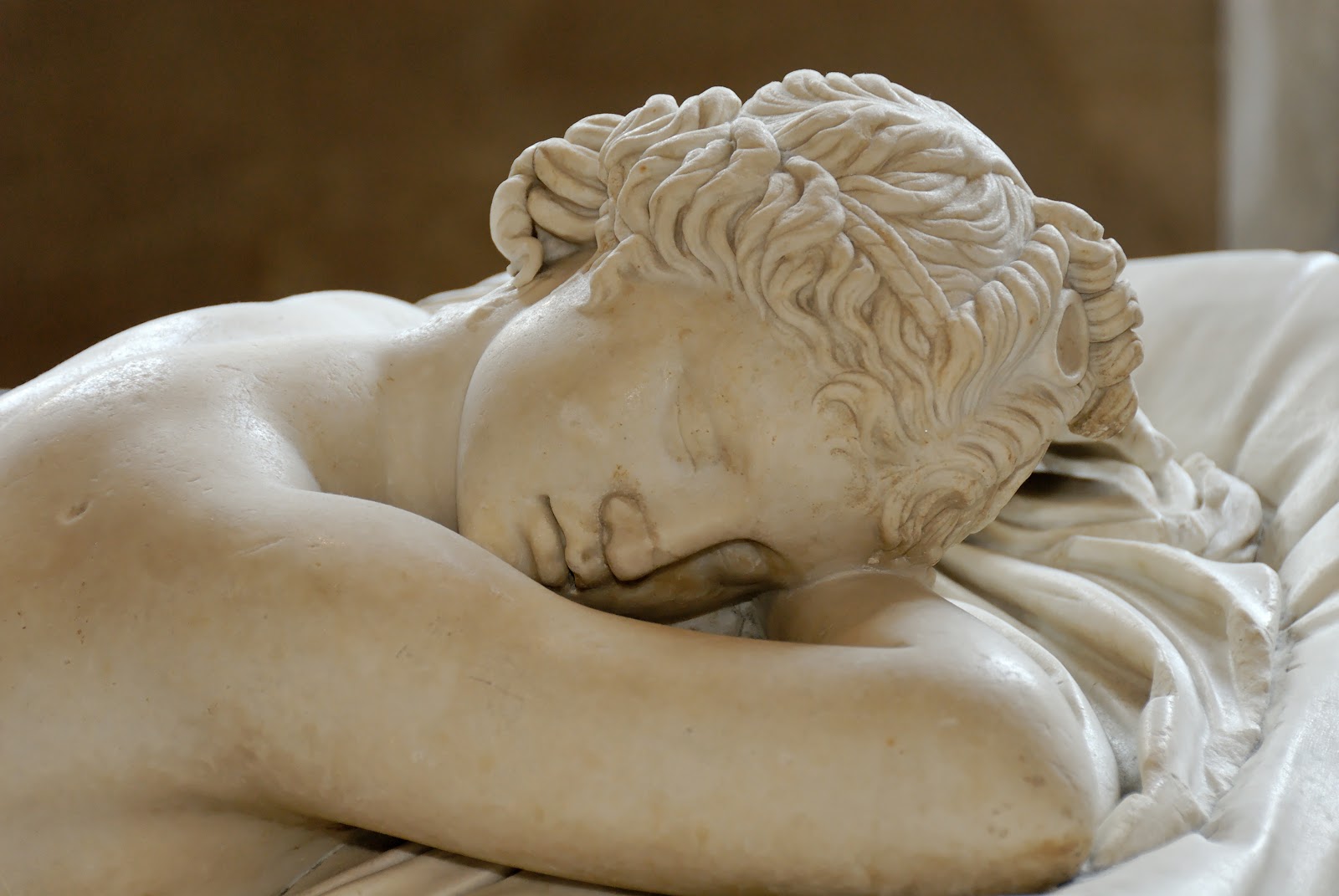Licio Passon was born in Udine, Italy.
To comprehend the artistic life of Licio Passon you can’t neglect his belonging to his homeland of the Friuli region and his truest and most profound values of a rustic life that he has made his own and not revisited as a faded memory.
The people who have formed him have been his parents who well knew the hardship of the fields.















.jpg)
.jpg)























